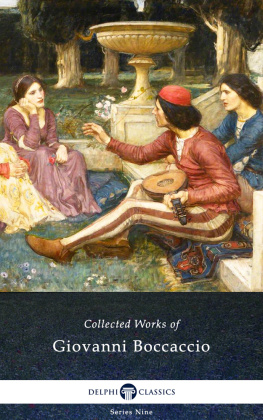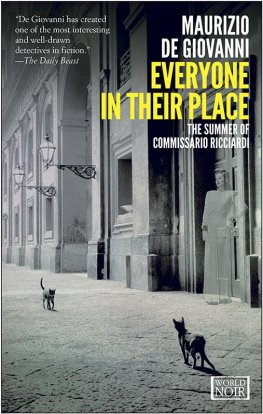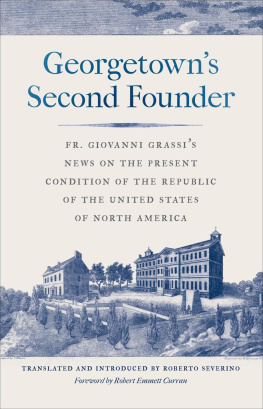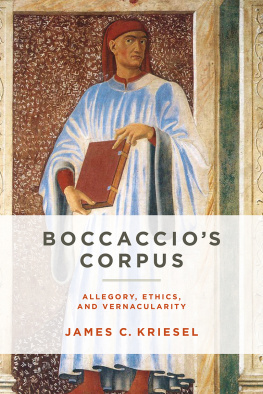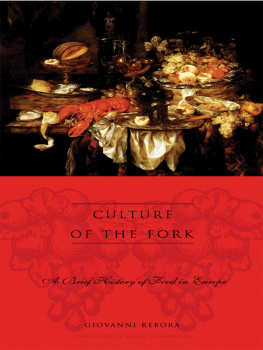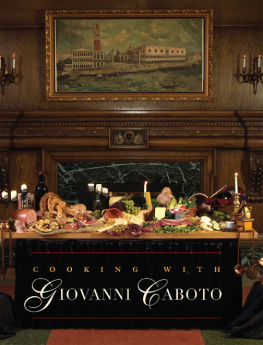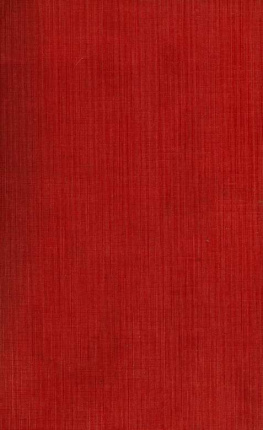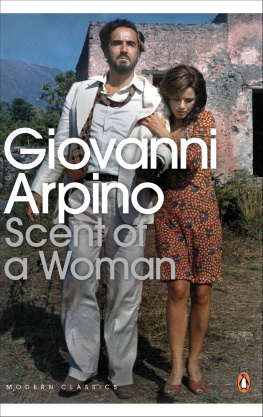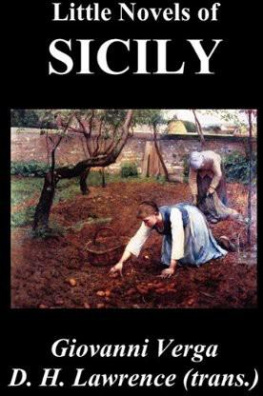
The Collected Works of
GIOVANNI BOCCACCIO
(1313-1375)

Contents

Delphi Classics 2017
Version 1


Browse our Main Series

Browse our Ancient Classics

Browse our Poets

Browse our Art eBooks

Browse our Classical Music series

The Collected Works of
GIOVANNI BOCCACCIO

By Delphi Classics, 2017
COPYRIGHT
Collected Works of Giovanni Boccaccio

First published in the United Kingdom in 2017 by Delphi Classics.
Delphi Classics, 2017.
All rights reserved. No part of this publication may be reproduced, stored in a retrieval system, or transmitted, in any form or by any means, without the prior permission in writing of the publisher, nor be otherwise circulated in any form other than that in which it is published.
ISBN: 978 1 78656 103 9
Delphi Classics
is an imprint of
Delphi Publishing Ltd
Hastings, East Sussex
United Kingdom
Contact: sales@delphiclassics.com

www.delphiclassics.com
Interested in Renaissance literature and art?
Then youll love these eBooks

Explore Renaissance eBooks
The Decameron

Florence Boccaccios birthplace

Florence in a 1493 woodcut from Hartmann Schedels Nuremberg Chronicle

Andrea del Castagnos depiction of Giovanni Boccaccio, detail of the Cycle of Illustrious Men and Women, fresco, 1450, Uffizi Gallery, Florence
The Decameron: John Florio, 1620

Translated by John Florio
Widely regarded as Boccaccios greatest work, The Decameron is a collection of 100 tales, which were likely conceived during the plague epidemic of 1348 and completed by 1353. The book features various tales of love, from the erotic to the tragic, as well as offering tales of wit, practical jokes and life lessons. Written in the vernacular of the Florentine language, The Decameron is considered a masterpiece of classical early Italian prose.
The books title reveals Boccaccios fondness for Greek philology: Decameron combines two Greek words, deka (ten) and hemera (day) to indicate the ten day period taken by the characters in the frame story to tell their tales. Boccaccios subtitle, Prencipe Galeotto (Prince Galehaut), refers to Galehaut, a fictional king portrayed in the Lancelot-Grail who was from time to time called by the title haut prince (high prince). Galehaut was a close friend of Lancelot and an enemy of King Arthur. When Galehaut learned that Lancelot loved Arthurs wife, Guinevere, he set aside his own love for Lancelot in order to arrange a meeting between his friend and Guinevere. At this meeting the Queen first kisses Lancelot, and so begins their love affair.
The frame story introduces a group of seven young women and three young men, fleeing from plague-ridden Florence to stay in a deserted villa in the countryside of Fiesole for two weeks. To pass the evenings, each member of the party tells a story every night, except for one day per week set aside for chores, and the holy days during which they do no work at all, resulting in ten nights of storytelling over the course of two weeks. Thus, by the end of the fortnight they have told 100 stories.
Each of the ten characters is charged as King or Queen of the company for one of the ten days in turn. This charge extends to choosing the theme of the stories for that day: examples range from the power of fortune and human will, love stories that end tragically or happily, devious tricks that women play on men and examples of virtue. Only Dioneo, who usually tells the tenth tale each day, has the right to tell a tale on any topic he wishes, due to his wit. Many commentators have argued that Dioneo expresses the views of Boccaccio himself. Each day also includes a short introduction and conclusion to continue the frame of the tales by describing other daily activities besides story-telling. These frame tale interludes frequently include transcriptions of Italian folk songs. The story plots mock the lust and greed of the clergy, explore the tensions in Italian society between the new wealthy commercial class and noble families and also narrate the perils and adventures of travelling merchants. The interactions among tales in a day, or across days, as Boccaccio spins variations and reversals of previous material, forms a whole and not just a collection of stories.
Each daily collection of tales features a different tone. The first day consists of a humorous discussion of human vices, while the second day concerns stories where fortune triumphs over its human playthings. However, the tone shifts on day three when good fortune is vanquished by human will. Stories on the fourth day are marked by tragic love stories, while the fifth day brings happy endings to love that at first did not run smoothly. Wit and gaiety are in the ascendant again on the sixth day, followed by trickery and bawdy tales on Days Seven, Eight and Nine. By the final tenth day the earlier themes are brought to a high pitch and the widely popular and anthologised story The Patient Griselda concludes the cycle of tales.
Next page
